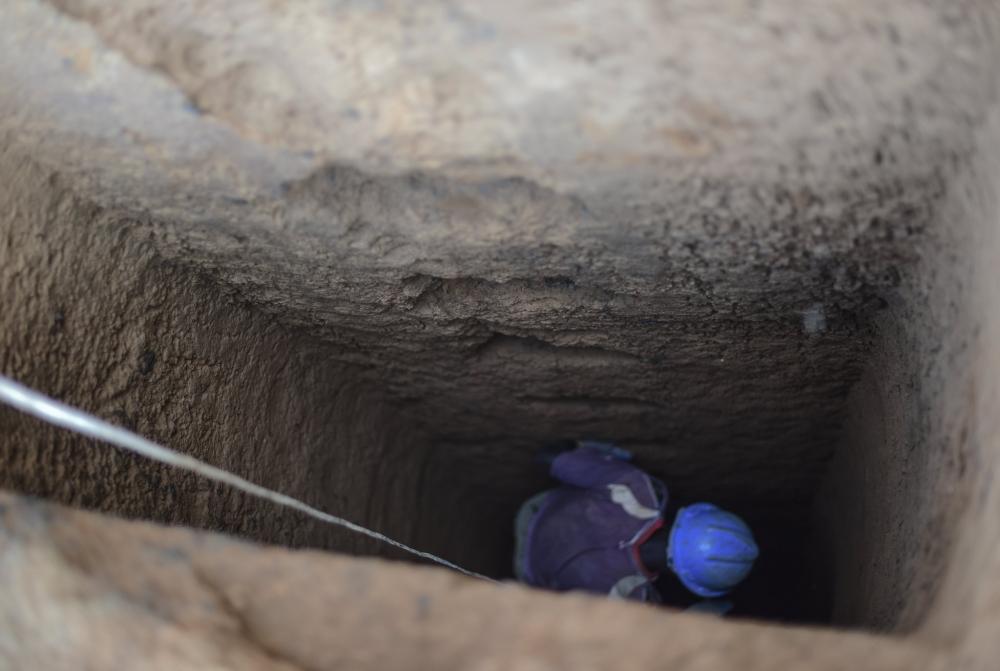
Africa-Press – Rwanda. Twelve days after the 1994 Genocide against the Tutsi deteriorated, on April 19 the perpetrators continued to carry out atrocities in various parts of the country, including in Kamonyi District’s Gacurabwenge Sector, where they forced the Tutsi to dig their own graves.
Earlier attacks in the area had claimed many lives, but a few survivors remained, hiding in the surrounding bushes. Exploiting their vulnerability, a local leader named Ndahayo called them out of their hiding, assuring them that they would be protected.
In response to Ndahayo’s call, they came out of the bushes. Roughly 100 Tutsi gathered at the residence of an elderly man named Gatabirwa. After gathering, Ndahayo brought a large group of militias and soldiers. One group attacked Gatabirwa’s home, while another targeted the Tutsi who had sought refuge at the residence of a neighbor named Kabera.
In Gatabirwa’s compound, Interahamwe ordered the Tutsi to dig a pit where their dead bodies would be thrown. When they refused, Interahamwe took up hoes themselves and started digging a mass grave at around 2pm. By 5pm, they were done with digging and the executions commenced, claiming the lives of adults and children. Their bodies were disposed of in the pit.
On the same day, President Theodore Sindikubwabo, the interim president of the genocidal government called on the people of Butare to participate in killing the Tutsi.
In a speech during the inauguration of the new governor of Butare, Sylvain Nsabimana, Sindikubwabo called upon the public to participate in the killings and reminded them not to act as if it is not their business. Shortly after Sindikubwabo’s speech, hundreds of the Tutsi were massacred in Butare town. In Kigali, the same day, soldiers of the genocidal government shelled Amahoro Stadium where 19 people were killed.
In Ngoma Sector, Nyaruguru District, between April 18 and 19, more than 3,360 Tutsi gathered at Nkomero ground were killed in an attack that involved local leaders like Straton Semanyenzi, the mayor of Kigembe Commune, Leonard Munyengango, the councilor of the sector, and a teacher called Godefroid Mugemanshuro.
In Kigali and nearby areas, a number of massacres took place on the day in places like Rwezamenyo and Kamonyi, where Interahamwe killed the Tutsi by handcuffing them and throwing them into River Nyabarongo. Such massacres went on for many days until the RPF/A liberated the area in June 1994.
Many more massacres unfolded across the country, including at Mushubi Health Centre in Nyamagabe District where about 500 women and children were killed.
Today, Mushubi Genocide Memorial is home to more than 14,152 bodies of the victims of the 1994 Genocide.
For More News And Analysis About Rwanda Follow Africa-Press





